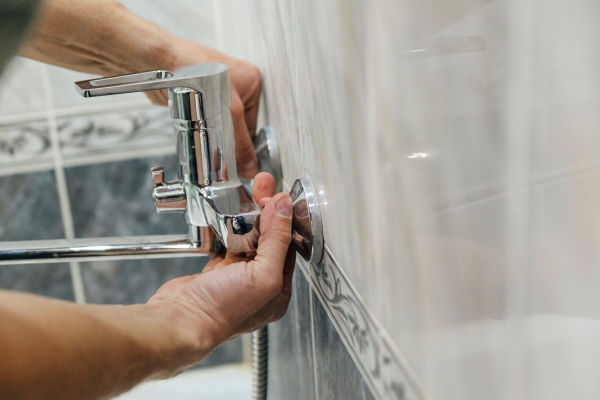Call This Saturday to Get $35 OFF
Call This Saturday to Get $35 OFF

January 01
A bathtub is a refreshing place to refresh your mind just after a laborious day of your normal job. However, when it may crack or leak on its drain or faucet, it can threaten most people, and tension comes back. Irritating as they are, leaks and cracks are minor issues that don't require replacing your bathtub with a new one. A reliable professional plumber will offer plumbing repair services to fix the cracks and leaks in your washroom, creating a huge innovation. But, when do you require to replace your bathtub? Let’s see!
Generally, bathtubs are devised to be durable and last for ten years and more. However, using it roughly can reduce their life span, and low support can increase the damage. Gaps at the bottom of your bathtub and the substrate beneath can impact the material even with general use.
The impact caused by heavy materials dropping on your tub may weaken its material and develop cracks. This can be caused by large bottles falling or hard washing.
Also, old tubs are susceptible to cracking unless made of porcelain. Typically, fiberglass tubs will easily get damaged.
In addition, using chemicals to clean stains, scams, and drain clogs can corrode the tub easily by weakening the material. This will make it more conspicuous to dents and cracks.
Cracks may not ruin your tub. Typically, small cracks are easy to repair and will allow your bathtub to serve your family’s needs for a longer time.
Smaller cracks may increase in size with time and start leaking. Luckily, you can easily fix your acrylic or fiberglass tib using a repair kit. Most kits come with a stir stick, two-part epoxy filling, a dish, and sandpaper for mixing the epoxy. To achieve this, you will need to; secure an epoxy kit matching the material of your tub. Ensure it comes with all appliances you'll need. If unavailable, pick each supply individually.
Then, use the sandpaper to sand the crack. Typically, epoxy requires a rough surface to attract firmly. Thus, sanding creates an adhesive for the epoxy to hold. For small cracks, you may require to sand a divot for the epoxy component to fill and hold onto it.
Afterward, clean and dry the affected area thoroughly and mix the epoxy with the putty. Later, you’ve to carry out the procedure quickly since the epoxy will dry and harden fast when exposed to air.
Using a spatula, stuff as much epoxy into the crack as possible. Then, use the spatula to level off the surface and sand off excess epoxy.
Later, allow enough time for the epoxy to dry. This can go up to 24 hours, varying with the manufacturer's requirements.
Finally, smooth the patch by sanding. Preferably, a 600-grit sandpaper is strong enough to wear away the filling and soft enough without scratching the surface of your tub. If you use clear epoxy, you can paint your tub with its matching color. Also, other kits will come with some gloss that you can use to make your acrylic or fiberglass shine.
To avoid unnecessary damage to your bathtub, consider hiring a professional plumber like Mr. Rooter Plumbing to fix fast leaks.
Your tub is a comfortable place where you can unwind, relax, and enjoy fun moments. But when cracks and leaks develop, all your stresses may come back. Luckily, Mr. Rooter Plumbing is composed of reliable and friendly plumbers ready to fix leaks for you. For professional plumbing repair services, call us to request an online job estimate today.
